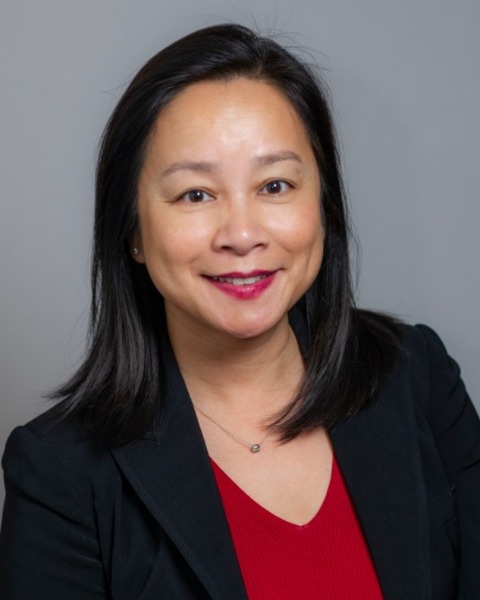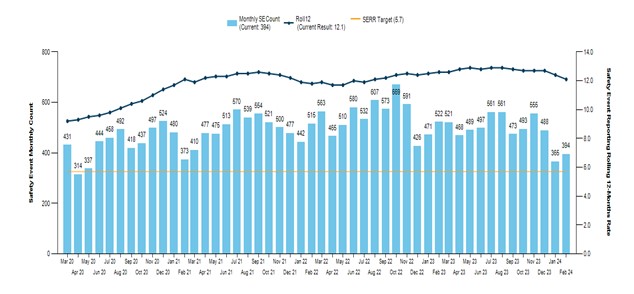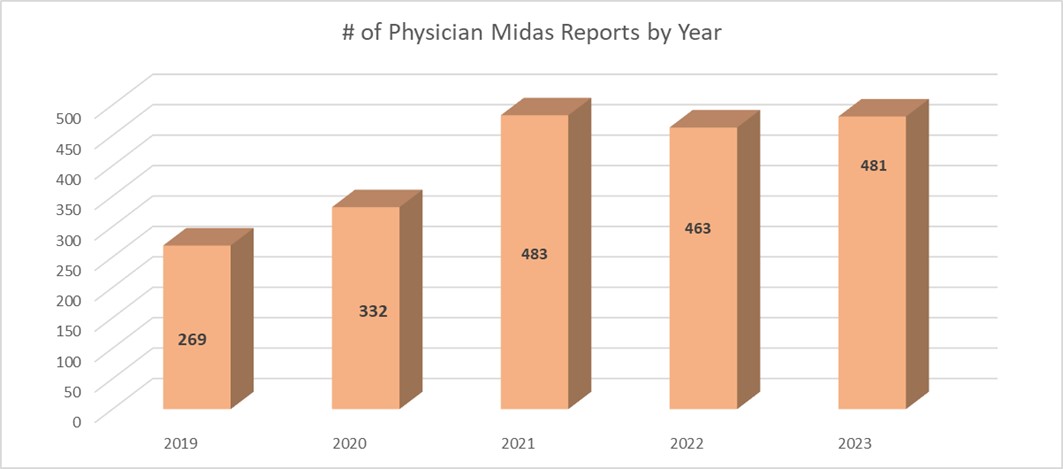Quality Improvement/Patient Safety 4
Session: Quality Improvement/Patient Safety 4
050 - Toolkit for Building a High Reliability Organization and Hardwiring Safety Culture
Friday, April 25, 2025
5:30pm - 7:45pm HST
Publication Number: 50.6968
Theresa He, Advocate Children's Hospital - Oak Lawn, Chicago, IL, United States

Theresa He, MD (she/her/hers)
Vice President, Quality and Safety
Advocate Children's Hospital - Oak Lawn
Chicago, Illinois, United States
Presenting Author(s)
Background: We provide pediatric services on multiple campuses within our integrated health care system. Our two campuses of tertiary pediatric care are housed within adult facilities and share services with our adult patients. While senior leaders are trained on High Reliability Organization (HRO) foundation, many frontline staff are not aware of these principles. Our new staff and physicians do not get formal onboarding to our safety culture beyond initial orientation as new hires. We hope to improve engagement in our HRO journey at the sharp end, with integration of our HRO principles into daily practice.
Objective: We aim to sustain our high safety event reporting rate by all disciplines. We aim to increase reporting by our faculty and in-training physicians by 10% within first year, with sustainment in subsequent years. Our stretch goal is to increase our percentage positive responses in our culture of safety survey from year to year among all interprofessional teams.
Design/Methods: We implemented a multifaceted approach to embed safety concepts into daily work. At all sites of care, we hardwired HRO foundational principles. We utilized a plan, do, study, act approach when rolling out new initiatives such as quality and safety focus boards on the units, senior leader rounds, and safety champion program.
Results: We orient every new team member to our safety culture. All meetings start with sharing of safety events. We maintain robust safety event reporting rate (10.8, rolling 6months), exceeding system target (figure 1). We achieved and exceeded our goal to increase event reporting by physicians, with sustainment through year to date (figure 2). Lessons learned from safety events are communicated widely. Our safety champion program engages nurse-physician dyad to promote HRO concepts, and resolve safety events identified within each unit. Safety and quality focus of the month are displayed across units and discussed on senior leader rounds (figure 3). Our Culture of Safety Survey percent positive rates (76.8%, 2019; 75.8%, 2020; 75.4% 2021) consistently exceed system target (70.2%). We increased in each of the composite areas: “reporting patient safety events,” “communication openness,” and “response to error”. This resulted in a culture change towards improved patient care and safety.
Conclusion(s): Frontline team members through senior executive leadership embrace our HRO foundation. We encourage multidisciplinary collaboration on our safety journey. Lessons learned and best practices are shared. All multidisciplinary teammates embody and live our safety culture and HRO journey.
Figure 1. Sustained high safety event reporting rate

Figure 2. Increased and sustained physician event reporting: 23% increase from 2019-2020, and 45% increase from 2020-2021

Figure 3. Composite results from Culture of Safety Survey, percent favorable 2019-2020



